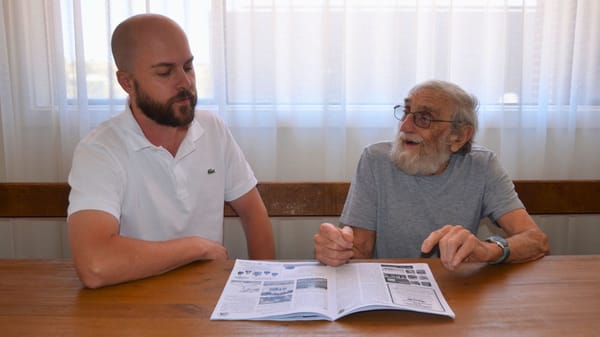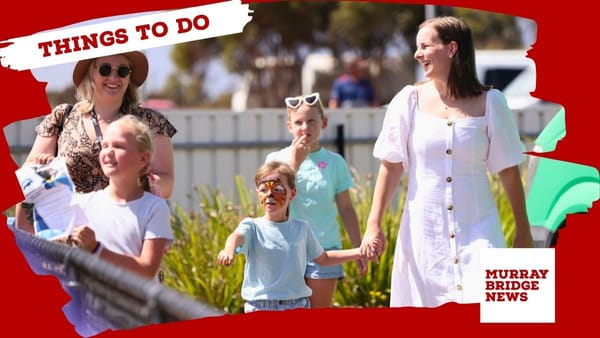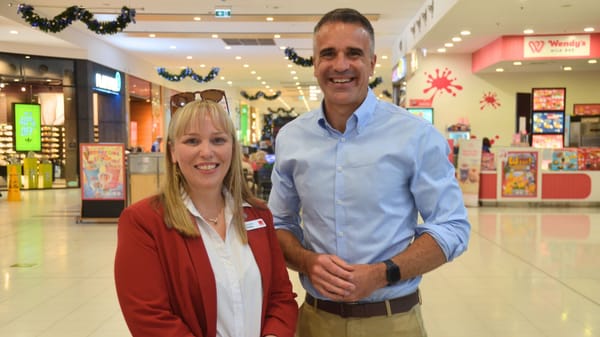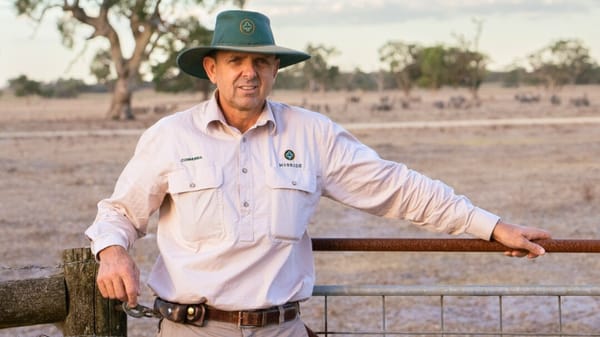Murray Bridge council watch: Could Gifford Hill be the next Armstrong Creek?
Plus councillors raise dog registration fees, make a plan for Sunnyside Road and back two sporting club projects.

This story is free to read. Help us tell more stories like this by subscribing today.
Geelong and Ballarat have gone from regional centres to satellite cities – can Murray Bridge follow suit?
Mayor Wayne Thorley and council CEO Heather Barclay went to find out last month, visiting both cities and meeting their leaders to see what Murray Bridge could do better.
Their top two takeaways: plan for the long term, and get your planning department into gear.
Developments like Armstrong Creek, an area of farmland south of Geelong which had become home to more than 15,000 people in the past 15 years, didn’t just happen by themselves.
“Growth can happen in two ways,” Mr Thorley said at a council meeting last week.
“It can come in a fragmented way, which is quite challenging to make work but often meets the needs of the community.
“(With a) greenfields-type site, the most important thing is that … you need to put the infrastructure and the facilities in place first, not as an afterthought.”

To that end, Murray Bridge would work closely with a new Housing, Infrastructure, Planning and Development Unit within the state government, Ms Barclay said.
A pilot scheme could even help fund and fast-track roads and other infrastructure in areas earmarked for growth, such as in Murray Bridge’s west or at Gifford Hill.
Mr Thorley also spoke about reshaping the council’s planning department into a specialist team focused on helping growth happen, with input from engineers and finance experts as well as planners.

Sunnyside Road plan is not good enough, residents say
Meanwhile, Sunnyside residents have rejected a council plan for minor upgrades to their main access road, describing it as “inadequate”.
One resident said their home had been flooded three times by rainwater flowing down the road, causing $50,000 worth of damage.
Locals welcomed the idea of building two overtaking lanes along the single-lane road, but said they should be longer than 10 metres.
The one element everyone was happy with was a proposed safety barrier along the lower section of the road, where a slope dropped away steeply towards the shacks below.
Councillors asked staff to get some quotes for the construction of the safety barrier, but to hold off on any other work for now.
Instead, the council’s city infrastructure manager suggested the council take a broader view and write a new policy about road access to shack areas before doing anything more.
Dog rego fees will increase from July 1
Meanwhile, councillors approved an increase to dog registration fees for Murray Bridge residents from July 1.
The cost of registering a dog which is desexed and microchipped will go up by $1.50, to $39.
Registering a working dog, assistance dog, racing greyhound or breeding dog will also go up by 4.3 per cent, rounded down to the nearest 50 cents.
The increase will be less than last year’s.
Netballers and gymnasts will seek federal funding
Finally, councillors have endorsed two local sporting clubs’ applications for federal funding.
The Imperial Netball Club hopes to access Play Our Way funding to fix up its three courts at Johnstone Park, move and upgrade lighting towers, shift spectator seating and provide more shelter.
The Murraylands Gymnastics Academy hopes to establish a purpose-built facility at Murray Bridge Showground, possibly in conjunction with any future basketball stadium.
The first round of funding from the $200 million program is expected in 2024-25, and will offer grants of between $50,000 and $1.5 million.





